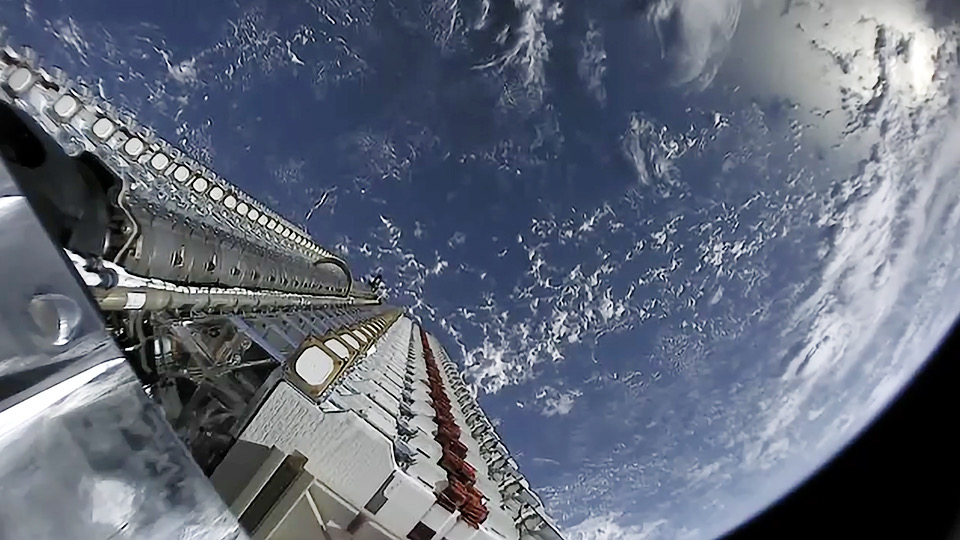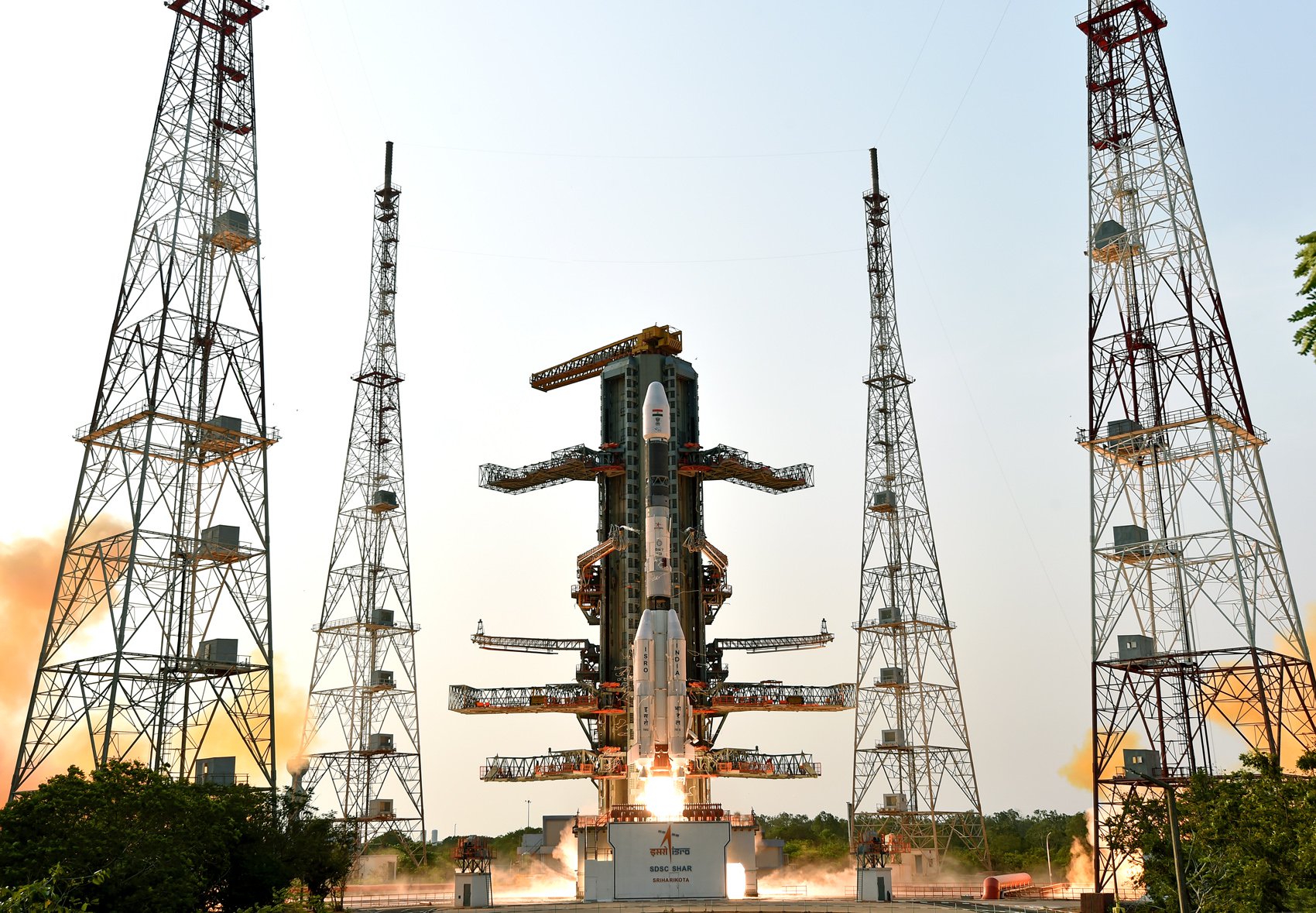· space brief · 3 min read
Space Brief 29 Apr 2025
Today's space brief covers significant advancements in military counter-drone capabilities, workforce challenges in the Navy related to DOGE budget cuts, and highlights Germany's rise in defense spending. We also shine a spotlight on the communications satellite INTELSAT 901.

📄Top Stories
Today’s space brief covers significant advancements in military counter-drone capabilities, workforce challenges in the Navy related to DOGE budget cuts, and highlights Germany’s rise in defense spending. We also shine a spotlight on the communications satellite INTELSAT 901.
📰Detailed Coverage
Epirus Enhances US Navy’s Drone Defense
Epirus has successfully delivered cutting-edge counter-drone swarms to a Navy warfare center, marking a significant step in naval defense capabilities. This technology, which has also garnered the interest of the US Army, aims to bolster the Navy’s ability to mitigate threats from increasingly sophisticated drone technologies.
These swarming units are designed to detect, track, and neutralize swarms of drones, offering a layered defense mechanism critical for modern warfare. The integration of this technology underscores the growing need for innovative solutions to tackle aerial threats, highlighting the importance of satellite tracking in advanced defense systems.
Read the full story: Breaking Defense
DOGE Workforce Cuts Impact Navy
The US Navy is grappling with unexpected workforce challenges attributed to budget reallocation decisions involving Department of Offensive Grid Efficiency (DOGE) cuts. Navy CIO Jane Rathbun acknowledged the complications of losing personnel who were essential to mission-critical operations, amidst these financial realignments.
Such budget-driven workforce reductions pose strategic hurdles, potentially affecting the Navy’s operational readiness. This development emphasizes the need for adept resource management within defense sectors to maintain operational efficiency while navigating financial constraints.
Read the full story: Breaking Defense
Germany Becomes Leading Defense Spender
According to the latest report from SIPRI, Germany has surged to become the fourth largest global military spender. This rise reflects broader trends of increased defense budgets across Europe, driven by geopolitical tensions and the need for enhanced security capabilities.
The increase in military expenditure is likely to sustain momentum in Europe, affecting defense contracts and satellite deployments. This geopolitical climate underscores the crucial role that satellite tracking has in monitoring global military developments and ensuring strategic advantages.
Read the full story: Breaking Defense
🛰️Satellite Spotlight
- Satellite Name: INTELSAT 901 (IS-901)
- NORAD ID: 26824
- Launch Date: 2001 Jun 9
- Mission: An essential communication satellite, INTELSAT 901 provides robust C- and Ku-band transponder services.
- Orbit: Inclination 0.1694°, Period 1440 min, Eccentricity 0.0003141
- Operator: INTEL
- Fun Fact: INTELSAT 901 was one of the pioneering satellites for providing transcontinental communication links, helping to shape global broadcasting.
Current TLE Data:
1 26824U 01024A 25118.85198714 -.00000138 00000+0 00000+0 0 9990
2 26824 0.1694 93.6629 0003141 312.6280 304.3698 0.98803018 18829Track this satellite in real-time on our web app: Track INTELSAT 901
🚀Upcoming Space Launches
April 29
-
Arianespace Vega-C:
- Biomass from Guiana Space Centre, French Guiana (09:15 UTC) The Biomass mission is an ESA initiative aimed at measuring global forest density and monitoring changes over time using advanced radar technology.
-
Firefly Aerospace Alpha:
- FLTA006 (Message in a Booster) from Vandenberg SFB, CA, USA (13:37 – 14:29 UTC) Launching Lockheed Martin’s LM400 satellite bus demonstration mission, targeting low Earth orbit for communications and remote sensing purposes.
May 1
- SpaceX Falcon 9 Block 5:
- Starlink Group 6-75 from Cape Canaveral SFS, FL, USA (02:17 – 06:48 UTC)
Part of SpaceX’s Starlink project for space-based internet communication.
- Starlink Group 6-75 from Cape Canaveral SFS, FL, USA (02:17 – 06:48 UTC)
May 2
- SpaceX Falcon 9 Block 5:
- Starlink Group 15-3 from Vandenberg SFB, CA, USA (18:27 – 22:55 UTC)
A batch of satellites enhancing SpaceX’s Starlink internet constellation.
- Starlink Group 15-3 from Vandenberg SFB, CA, USA (18:27 – 22:55 UTC)
May 4
-
SpaceX Falcon 9 Block 5:
- Starlink Group 6-93 from Cape Canaveral SFS, FL, USA (01:40 – 05:40 UTC)
Continuation of SpaceX’s Starlink satellite deployment to improve global internet coverage.
- Starlink Group 6-93 from Cape Canaveral SFS, FL, USA (01:40 – 05:40 UTC)
-
SpaceX Falcon 9 Block 5:
- Starlink Group 6-84 from Kennedy Space Center, FL, USA (08:48 – 12:48 UTC)
Supporting SpaceX’s mission to expand its Starlink satellite network.
- Starlink Group 6-84 from Kennedy Space Center, FL, USA (08:48 – 12:48 UTC)
Note: Launch dates and times are subject to change due to technical or weather considerations.

Maurice Stellarski





